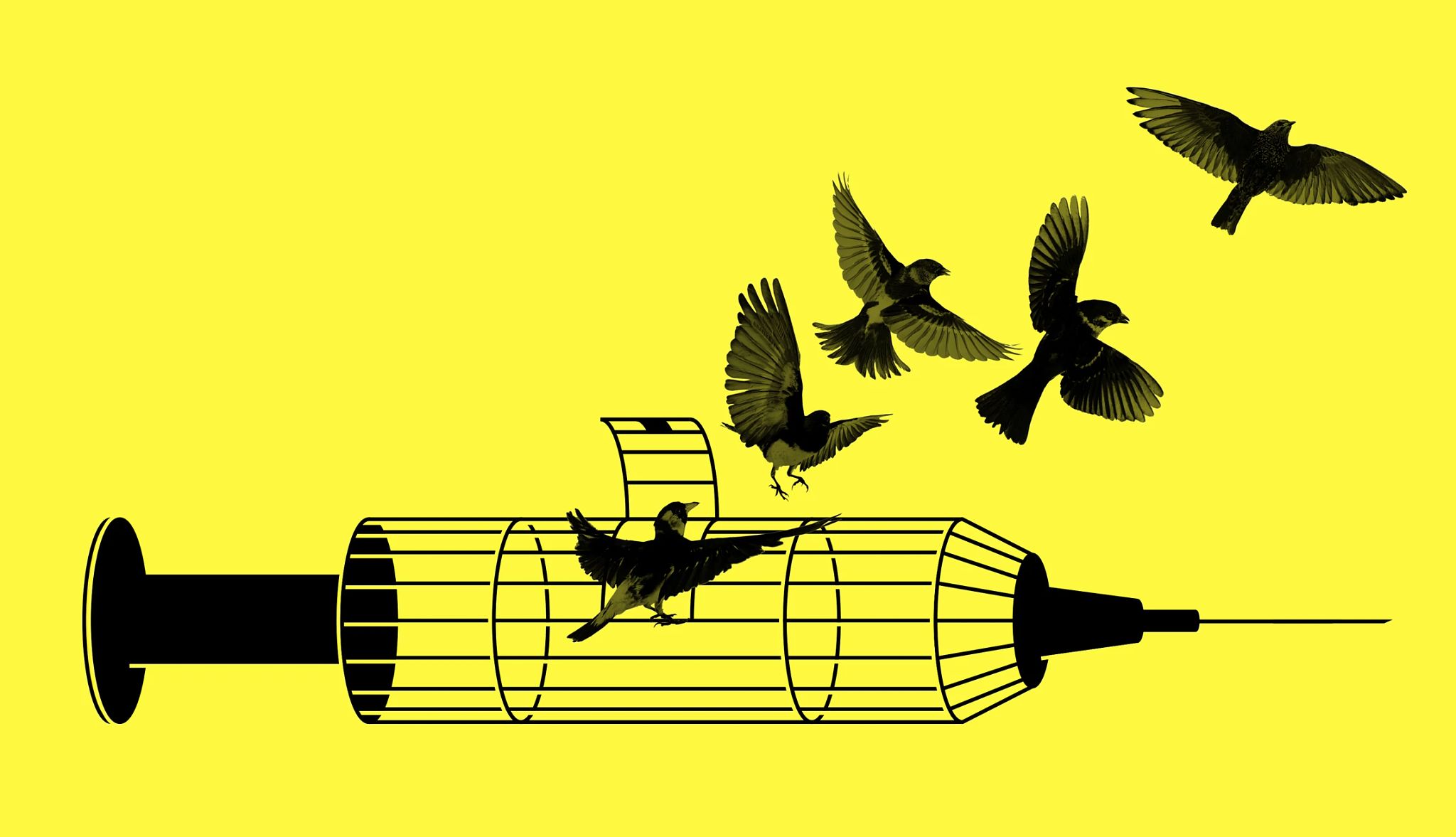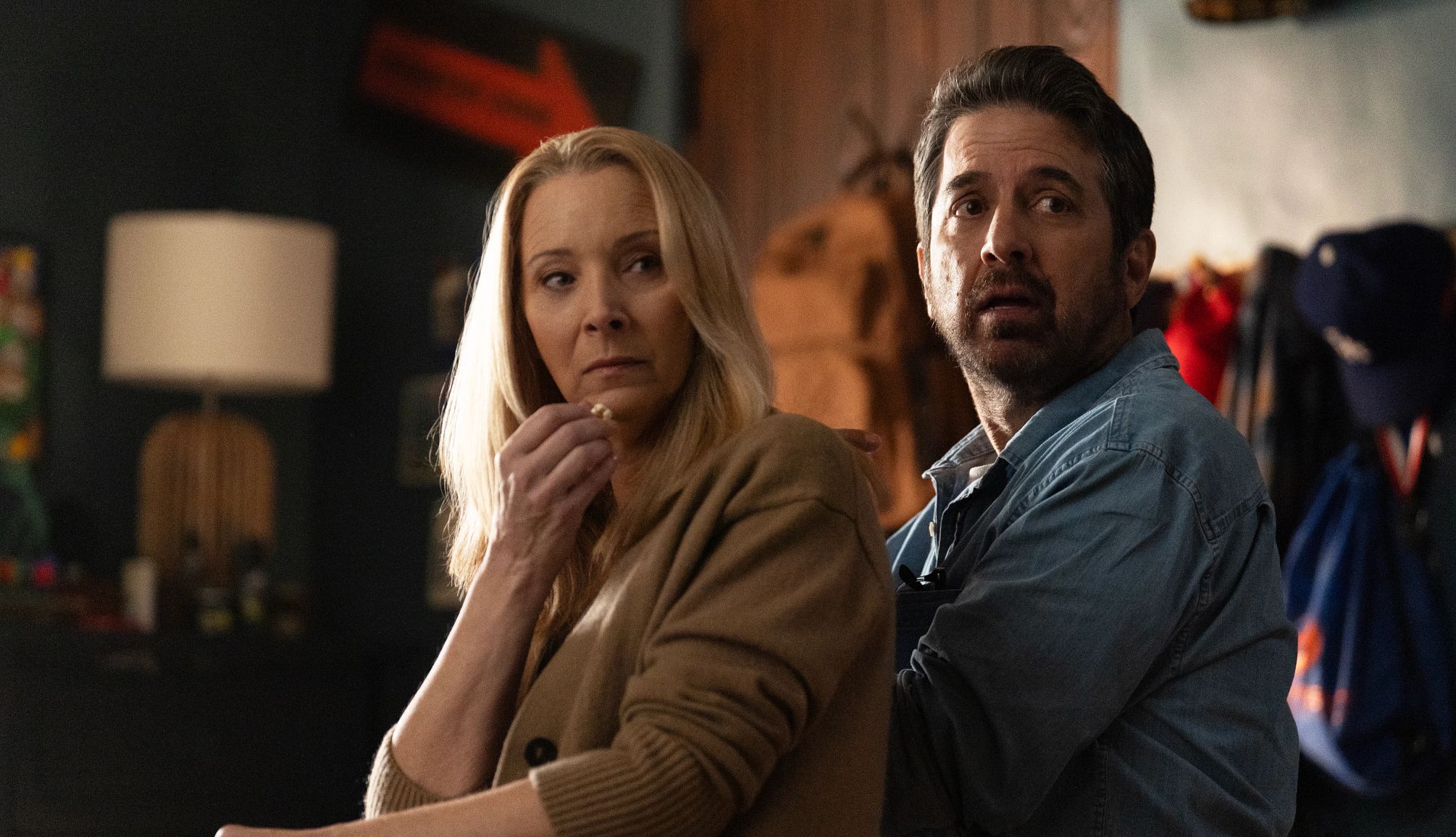AARP Hearing Center


Since 1954, the monster Godzilla has survived artillery bombardment, death rays, lightning strikes and atomic blasts, but his indestructible popularity as a movie character is even more impressive. He’s currently headlining the most unexpectedly popular action film of the holiday season, Godzilla Minus One, a 1940s period piece that just became North America’s top-grossing live-action Japanese film of all time, with the biggest debut of any 2023 foreign film.
How an overgrown lizard conquered America this month
With a 97 percent critics’ score on Rotten Tomatoes and a 98 percent audience score, Godzilla Minus One hits that magic franchise sweet spot by giving the audience what it wanted, but not in the form it expected.
What audiences want from Godzilla movies is epic mayhem, pitched somewhere between a horror film and a disaster picture. Sometimes there’s an element of the action or superhero flick, as in the many Godzilla films wherein the big green guy plays either the savior or the villain opposite guest-starring beasties (King Kong, Ghidorah, Mechagodzilla). Written and directed by Takashi Yamazaki, 59, Godzilla Minus One initially seems as if it’s going to take the franchise back to its roots and deliver a spare and simple reimagining of Godzilla as a Frankenstein’s monster writ large, rising from irradiated depths to punish humanity for its arrogance.


But wait, there’s more!
The movie delivers all those elements with panache — and it surprises by giving viewers a lot more. It’s a chaste romance between complicated adults, an ex-kamikaze pilot (Ryunosuke Kamiki), shunned for his refusal to die for Japan during the war’s final days, and his partner, a young woman (Minami Hamabe) who has adopted a war orphan. It’s also a touching story about survivor’s guilt in wartime, a nuanced discussion of whether soldiers are still required to sacrifice themselves after a war has become unwinnable and a poetic analogy for what it feels like to be swept up in unimaginably huge events.
It’s also a hymn to the power of collective action by ordinary citizens, who come together to battle the invader after realizing that their government is suppressing the truth about what’s causing a string of mysterious shipwrecks — until Godzilla, enlarged by hydrogen blasts, levels Tokyo’s ritzy Ginza shopping district with his nuclear breath.































.jpg?crop=true&anchor=13,195&q=80&color=ffffffff&u=lywnjt&w=2008&h=1154)


































More From AARP
Big Changes, Weird Ending in Netflix’s ‘Leave the World Behind’
The book was better, and the movie’s end is even more puzzling
What You Need to Know to Watch ‘Killers of the Flower Moon’
Find out the facts behind Martin Scorsese’s must-see movieThe Ultimate Winter Movie Preview Guide
See the best films coming to screens big and small
Recommended for You